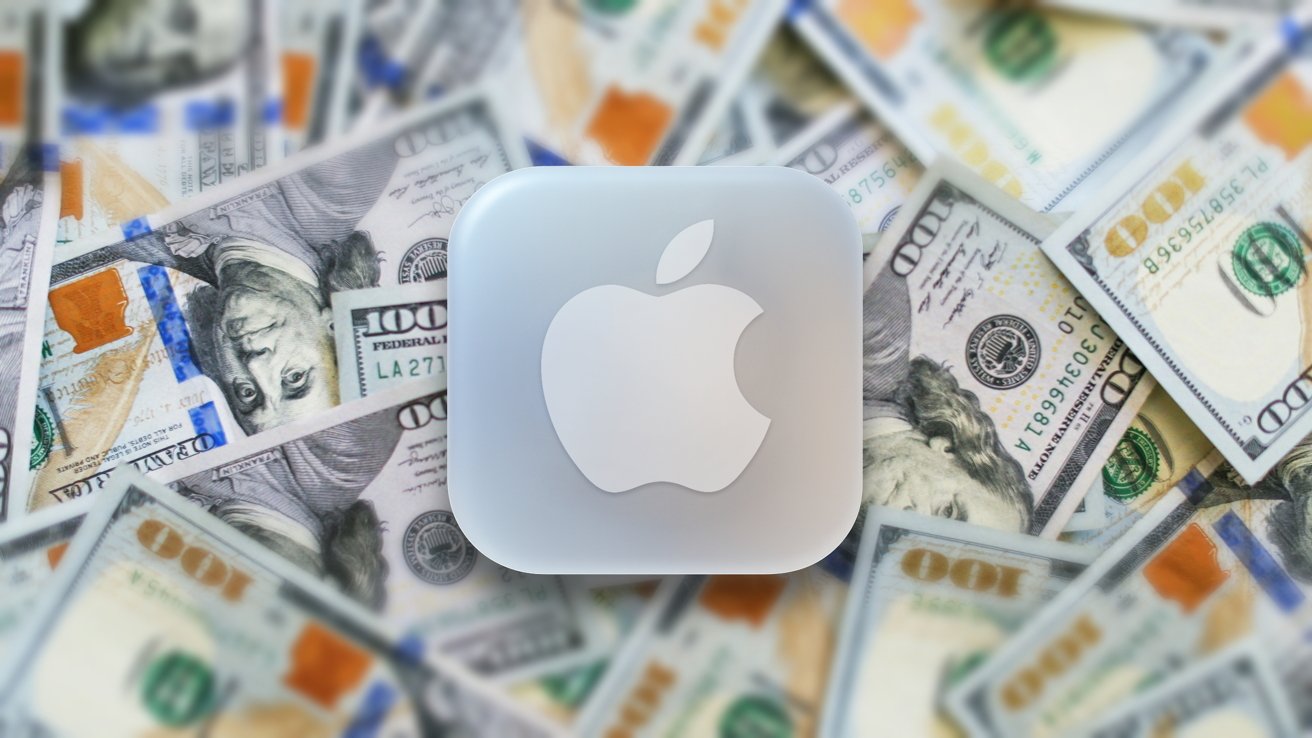The recent announcement by the Trump administration of substantial import tariffs on key manufacturing countries has raised significant concerns for both Apple Inc. and its customers. These tariffs could lead to a 40% increase in iPhone prices in the U.S. or a 32% reduction in Apple’s profits if the company chooses to absorb the costs.
Understanding the New Tariffs
The administration has imposed a baseline 10% tariff on all global imports, with significantly higher rates for specific countries:
– China: 34%
– India: 26%
– Thailand: 36%
– Vietnam: 46%
These countries are integral to Apple’s supply chain, responsible for assembling and manufacturing a vast majority of its products. The tariffs present Apple with a dilemma: either pass the increased costs onto consumers, resulting in higher product prices, or absorb the costs, leading to reduced profit margins.
Potential Impact on iPhone Prices
If Apple decides to pass the full tariff costs onto consumers, the price of a base-model iPhone 16 Pro, currently priced at $999, could rise to approximately $1,338. Such a significant price hike could deter potential buyers, leading to a decrease in sales volume. Alternatively, if Apple absorbs the tariff costs, it could face a 32% reduction in both profit and earnings per share (EPS).
Historical Context and Potential Exemptions
This situation is reminiscent of the previous administration’s tariff policies. During the first term, a 10% tariff was imposed on a wide range of products imported from China. Apple faced a similar predicament, with potential impacts on both pricing and profitability. However, the company successfully negotiated exemptions for most of its products, mitigating the adverse effects.
Strategies for U.S. iPhone Buyers
Given the potential for significant price increases, U.S. consumers can consider the following strategies to mitigate the impact:
1. Monitor for Exemptions: Stay informed about any exemptions Apple might secure. Historically, Apple has been successful in negotiating exemptions, which could prevent price hikes.
2. Explore Alternative Models: Consider purchasing previous iPhone models or refurbished units, which may be less affected by price increases.
3. Evaluate Trade-In Programs: Utilize Apple’s trade-in programs to offset the cost of new devices. Trading in older models can provide significant discounts on new purchases.
Conclusion
The newly announced tariffs pose a substantial challenge for Apple and its customers. While the potential for price increases is concerning, historical precedents suggest that exemptions are possible. By staying informed and considering alternative purchasing strategies, U.S. iPhone buyers can navigate this uncertain landscape effectively.



